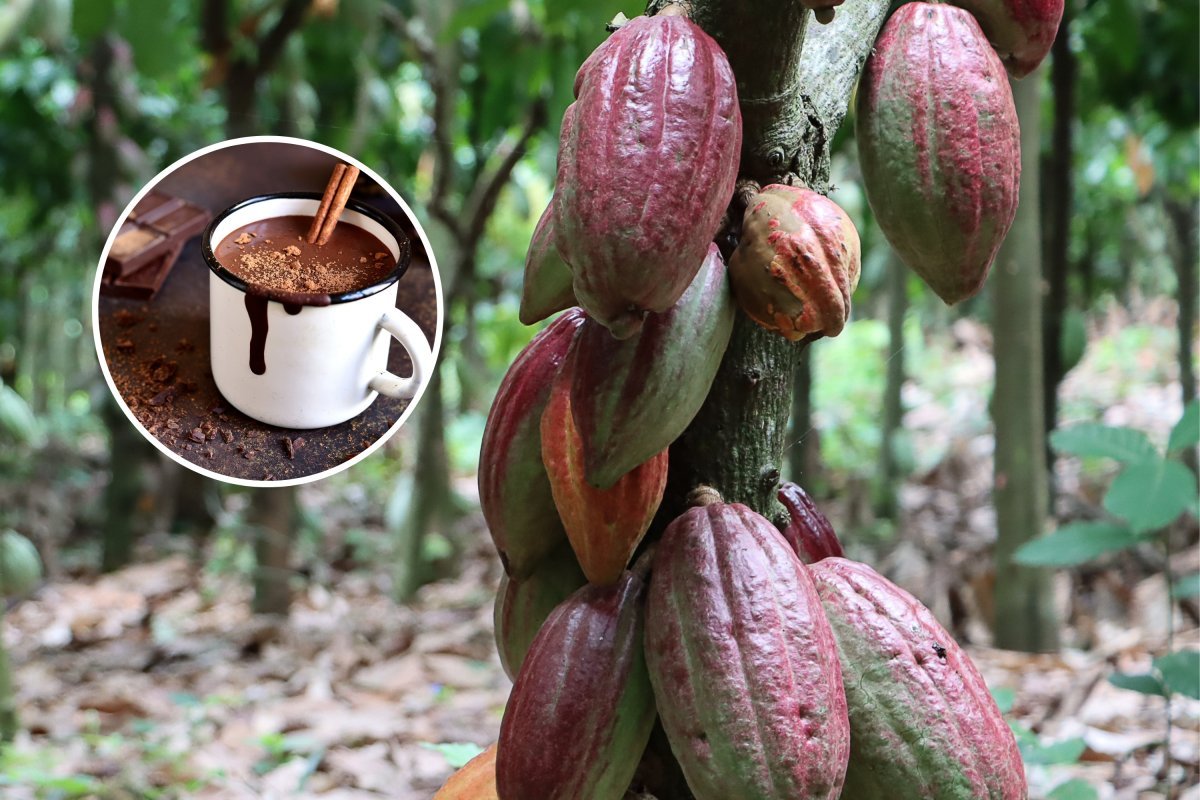Researchers are gaining valuable insights into the early history of cacao, the source of chocolate, through residues found on ancient ceramics from South and Central America. The study traces the rapid spread of cacao through trade routes after its initial domestication over five millennia ago in Ecuador.
The research reveals cacao’s dispersion along South America’s northwestern Pacific coast and its later journey into Central America, reaching Mexico 1,500 years later. By testing more than 300 pre-Columbian ceramics, the scientists found traces of cacao DNA and related chemical compounds on about 30% of them, suggesting a wider use of cacao products among ancient cultures than previously known.
The ceramics, adorned with anthropomorphic designs, offer artistic glimpses into these ancient cultures. The study builds on earlier findings from 2018, showing the domestication of cacao in Ecuador around 5,300 years ago. The new research tracks cacao’s spread through 19 pre-Columbian cultures, revealing early use by the Valdivia culture in Ecuador and the Puerto Hormiga culture in Colombia.
Genetic analysis of ancient DNA on the ceramics indicates cross-breeding of cacao trees to adapt to new environments. The study challenges previous beliefs, highlighting the Upper Amazon as the origin of cacao and its rapid dispersal through Amerindian people’s close and long-distance interactions, involving both maritime and inland contacts.
Archaeologist Francisco Valdez notes that cacao was a versatile resource, used raw, cooked, roasted, and in various forms for both food and medicinal purposes by Amerindian people. The findings provide crucial insights into the earliest trade of one of today’s most significant cash crops, showcasing the transformation of cacao from its early uses to the sugary chocolate confections of modern times.



